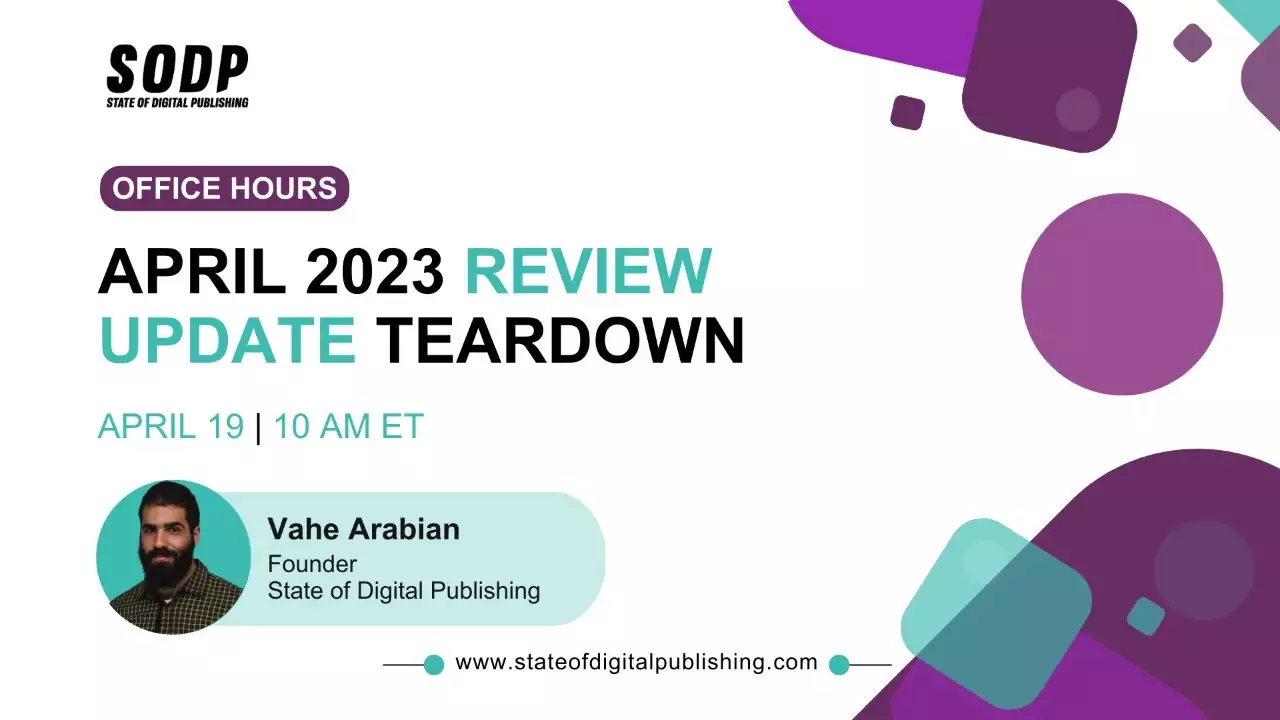Zooey Purdy is an Associate Director of Creative Strategy at Code and Theory.
Is AI important for ui/ux design principles for digital media sites? If so, what’re the advantages or disadvantages?
In general, our perspective on any technological innovation is that technology is only as good as the value it delivers to the user or to the business. A lot of companies make the mistake of building products around a new technology rather than focusing on the problem to be solved and then choosing the technology that will best deliver that solution.
That said, due to the current state of the digital media industry today, sites are focused more than ever on creating direct relationships with their audiences through owned and operated platforms and channels in order to reduce the risk of reliance on Facebook and Google for content distribution.
Artificial Intelligence technology can offer many valuable solutions to creating more engaging experiences, creating stronger connections with users that keep them coming back for more.
For example, AI is often used within personalization technology. Digital media platforms often use AI-based personalization technology to create individualized experiences for each user, tailoring the content to the behaviors and consumption patterns of each user. Spotify’s Discover Weekly playlists are a great example of AI being used to create an incredibly engaging and unique content experience that has dramatically increased user engagement and retention.
One of the biggest disadvantages of using AI is its potential for risk. Anytime a task that a human would traditionally do, such as writing an article or curating a website homepage, is performed by technology, there is a risk that the technology produces unintended consequences. For example, Microsoft released a Twitter bot named Tay that would learn to tweet through its interactions with other users on the platform. Unfortunately, it quickly picked up the patterns of Twitter trolls and ended up tweeting some offensive messages, causing Microsoft to take it down after only 16 hours.
As time goes on, AI technology is becoming more and more sophisticated, decreasing the likelihood of risks, while increasing its ability to deliver a more authentic experience.
Are the clients you are working with currently incorporating AI in UX/UI design? Do you have some examples that you can share?
One of the best examples of one of our clients incorporating AI into its site design is NBC. When publishing video content, AI technology analyzes the video clip to find the most engaging frames from the video and generates an animated gif with those frames. These gifs are then used as the hover states for videos so that users can preview them before loading the full clip.
For MotorTrend, we developed an app called Car Spotting that combines AI technology with your phone’s camera to recognize hundreds of cars including 17 car cards for you to collect in your virtual garage.
How do you suggest applying AI to user behavior testing and optimization and site architecture?
Our Data, Analytics, and Research team frequently use AI as part of our product development process. We have developed our own natural language processing technologies for survey analysis, social listening, audience analysis, content audits, and more. This type of AI informs everything from product design decisions to the information architecture for content archives.
What’re your favorite UX/UI tools?
We love to use Invision as a lower lift method of creating a prototype for user testing. It allows for things like click and swipe gestures to transition between screens, and can be downloaded onto a mobile device to experience the prototype exactly the way a user would. By testing product concepts through Invision, we are able to get user feedback and optimize the design before it even heads into development.
We’re also huge fans of Airtable at Code and Theory. We use it for documenting everything from product roadmaps to website audits to feature requirements.
Plectica and Lucidchart are also great tools for documenting user flows, information architecture, and other types of visual diagrams.
Content from our partners
What else do you need to address when dealing with UX/UI for digital media publishers?
One often overlooked part of the digital publishing business is the content management system that powers the content creation process. In the news business, the UX/UI for a content management system can be the difference between an organization being the first to break a story or the last. When editors are spending most of their time performing repetitive and tedious tasks because the CMS has a poor user experience, they’re not spending that time creating unique and engaging content that drives the business forward. Many of the best content management systems incorporate AI to do things like recommend trending topics for editors to write about or even to generate and publish content such as sports scores or weather updates.
Additionally, content is distributed across so many different channels these days, from Google’s AMP to Facebook’s Instant Articles to Snapchat Discover and Instagram TV. Every channel displays content in a different format and environment, which requires designers and content creators to think about how the content experience needs to flex in order to be successful and engaging within each environment. AI is also often used for this situation as well, in order to perform automated cropping of image or video content that have different ratio and length requirements per distribution platform. AI can perform these type of repetitive tasks quickly and automatically, while still ensuring that the most important parts of an image are centered and that the key moments of a video are captured within a shortened video clip.
With the increase in smart home devices like Amazon Alexa and Google Home, the future of digital news consumption will likely involve a lot more audio content. This shift will redefine the way we think about “user experience” and “user interface” today, as primarily visual concepts, to include the ways that humans experience and interact with voice-based interfaces and audio experiences.












